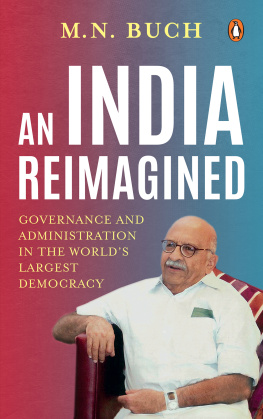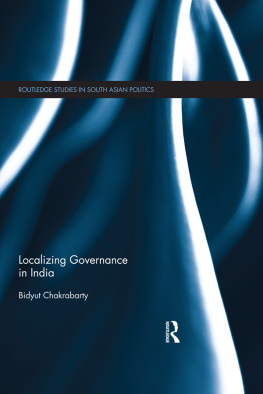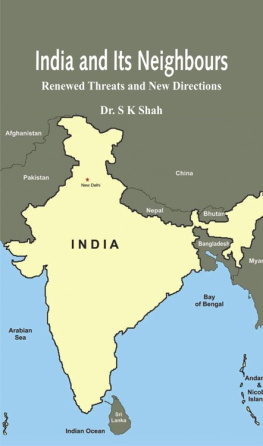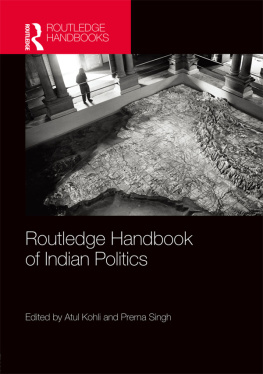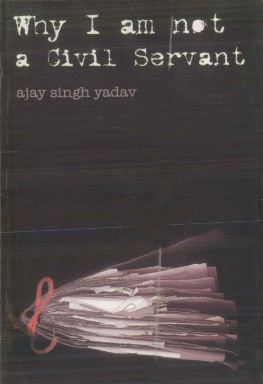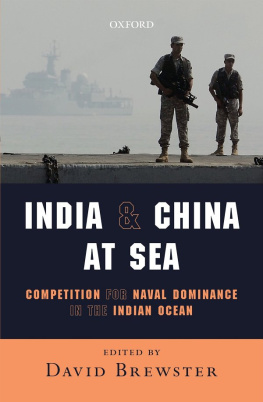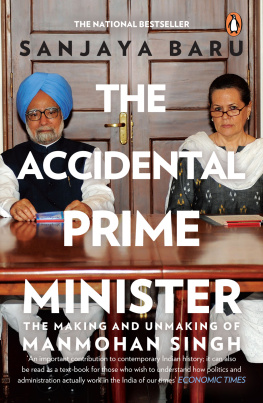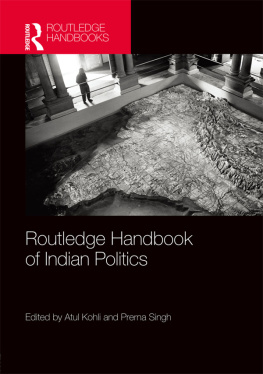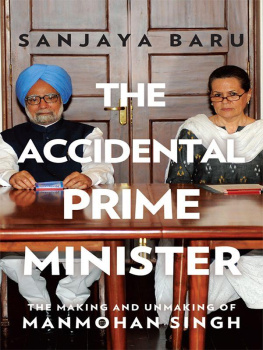1
How All-India Are the All-India Services?
Article 1 of the Constitution makes India a Union of States and the Seventh Schedule framed under Article 246 containing List 1: the Union List, List 2: the State List and List 3: the Concurrent Listprescribes the legislative bounds of the parliament and the state legislatures in what is basically a federal structure. Part XI, which refers to the relations between the Union and the states, whether legislative or administrative, defines the extent to which the legislative and administrative jurisdictions of the Union and the states extend and to what extent the Union writ prevails over the states. The federation, while giving constitutional autonomy to the states within their respective executive and legislative competence, is centripetal in that under Article 248 residuary powers of legislation vest with the Parliament.
The federal structure of India is somewhat different from that of the constitutional structure of other federations, for example, the United States of America. In the USA, separation of powers between the federal government and state governments is complete in that in matters legislative, executive or judicial, the federal government functions through federal officers and federal judges, as also the Congress in matters within federal competence, and the state governments function through their own set-up in matters within state competence. The federal government has its own civil servants who administer the areas which come within the legislative competence of the Congress and the states have their civil services which operate in areas within the competence of the state legislature. However, the Indian Constitution has a unique structure embodied in Article 312 which permits the Parliament to make laws for the creation of what is known as the AIS. The same article states that the IAS and the Indian Police Service (IPS) which predate the Constitution would be deemed to be created under Article 312. The same article also permits the creation of an All-India Judicial Service, though none has been constituted so far. The AIS are covered by the AIS Act, 1951, and rules have been framed under the Act, including the cadre rules, the conduct rules and the discipline and appeal rules. Under the cadre rules, posts in the central government and the state governments in the two initially constituted AIS, the IAS and the IPS, and the subsequently created Indian Forest Service (IFS) are prescribed and against these posts, only an IAS, IPS or IFS officer can be appointed. There is provision for lateral entry by promotion from State Services or by induction through limited special recruitment, but the fact remains that senior posts in general administration, which includes revenue and development administration, police and forests, including wildlife, can only be held by an officer of the IAS, IPS or IFS respectively. The uniqueness of this constitutional provision is that whereas India is a Union of States, it is a union or federation in which senior civil service posts, including the police and the forest department, are held by officers who are under the direct rule-making control of the Union government. The officers are assigned to a state cadre and normally serve under the state government, but they are liable to be transferred either for service under the Union government or, under certain circumstances, on deputation to other state governments, public sector undertakings and, as the rules stand today, to international bodies or even to private undertakings.
An AIS officer is appointed by the President and can be removed from service or awarded a major penalty only by the President. An AIS officer is recruited through the Union Public Service Commission (UPSC); his promotion through a departmental promotion committee even within the state is done through such a committee, which has representatives of the UPSC and the Government of India. The state governments authority over the AIS officers is limited by the provisions of the rules framed under the AIS Act.
One need not discuss in detail why the AIS were thought necessary and were created in a federal structure, but some knowledge of the background does help. British India was governed as a unitary state in which, for administrative purposes, the country was divided into provinces, each headed by a governor. Elements of federalism were there even under the 1919 Government of India Act and were strengthened under the 1935 Government of India Act, and the provinces did enjoy a fairly high degree of autonomy because a country as large as India cannot be administratively managed from one power centre alone. In fact, in those days of poor communication links, the districts were fairly autonomous themselves and the district commissioner (DC) and superintendent of police (SP) were required to take decisions on the spot, which the government invariably supported. Therefore, the provincial governments had considerable freedom of action, including the setting up of provincial services, but the country was held together by what were known as the Imperial Services of which the Indian Civil Service (ICS) was at the apex. The other major imperial service was the Indian Police or IP, but there was an IFS, Indian Service of Engineers and an Indian Medical Service of an all-India nature. The imperial services were appointed by the Crown, and not by the viceroy and governor general. When India became independent and the provinces became states which had constitutional legitimacy, the ICS was carried forward as IAS.
The reason why we provide for an AIS in a federal constitution, apart from the need to have continuity in the administrative set-up in India after we became independent, was Sardar Vallabhbhai Patels clear understanding that India had major fissiparous tendencies which needed to be controlled and countered by building into the Constitution centripetal features that would hold the country together. A unified judicial hierarchy, the AIS, a single independent audit organization under the comptroller and auditor general, with constitutional power of the central government to give directions to the states under certain circumstances and the power of the President to take over the administration of the states under Article 356, are all parts of the centripetal features of our Constitution. Sardar Patel was firmly of the opinion that if the executive governance of the states and the Union was carried out through officers of the AIS, who were protected and immunized from arbitrary action by the political class, then not only would we have a nonpartisan administration where officers work without fear or favour, but a united India would also be ensured through these civil services whose ultimate rule-making control is vested in the central government. Hopefully this would eliminate political whimsicality from the administration.

